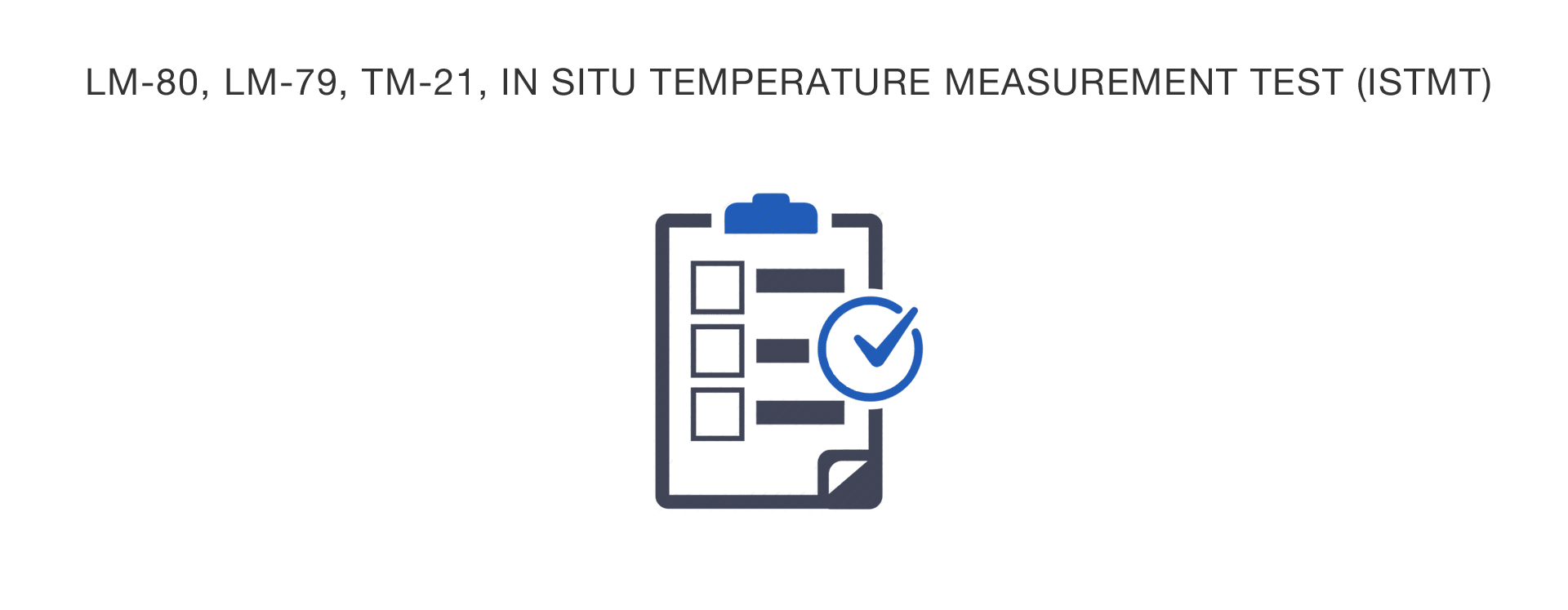
Learn More About The Critical LED Standards
LM-80
What is it?
It is the Illuminating Engineering Society of North America (IESNA) approved standard for measuring lumen maintenance of LED light sources. LM-80-08 apply to the LED package, array, or module alone, not a complete system, it is testing a component level. The standard does not provide guidance for extrapolation of testing results.
Who can perform testing?
LM-80-08 testing should be performed by EPA recognized Laboratories. Only reports from recognized laboratories are relevant. This standard is used for Department Of Energy (DOE) ENERGY STAR® program early qualification in conjunction with other reports. Most GREEN CREATIVE product use LED with available LM-80-08 test report from recognized laboratory.

LM-79
What is it?
It is the Illuminating Engineering Society of North America (IESNA) approved method for the Electrical and Photometric Measurements of Solid-State Lighting. It measures an LED luminaire or integral lamp as a whole system according to a standard process using specified equipment.
Who can perform testing?
LM-79-08 testing should be performed by EPA-Recognized Laboratories for the category of product tested. Only reports from recognized laboratories are relevant. This standard is used for Department Of Energy (DOE) ENERGY STAR® program qualification and lighting facts advocate program. All GREEN CREATIVE product testing are performed according to LM-79-08 in an EPA recognized laboratory and reports are available upon request.
What does it provide?
The testing report issued according to a standard format will provide
- Total Luminous Flux
- Luminous Intensity Distribution
- Electrical Power Characteristics
- Luminous Efficacy (calculated)
- Color Characteristics (CRI, CCT…)

TM-21
What is it?
It is the Illuminating Engineering Society of North America (IESNA) approved method for taking LM-80 data and making useful LED lifetime projections. The standards apply to lifetime projection of LED package, array or module alone. The results can then be used to interpolate the lifetime of an LED source within a system (luminaire or integrated lamp) using the in-situ LED source case temperature.
Who can perform testing?
There is not such a thing as testing, it is a mathematical method based on LM-80-08 collected data.
Among other thing, TM-21-11 will consider:
If total LM-80 data period is between 6,000 and 10,000 hrs, we consider the last 5,000 hours
If total data period is above 10,000 hours, we use the last half of collected data
In situ case temperature interpolation using Arrhenius equation between LM-80 temperature
Projections are limited to 6 times the available LM-80 data period so projected and reported lifetime may or not be the same
What does it provide?
The method will provide a projected lifetime for the LED source or system.
Life notation results will then use the following standardized nomenclature: Lp (Yk)
P: Lumen maintenance percentage. For LED luminaire we consider L70 to be the standard. After 30% lumen depreciation, we consider the system is not performing its duty anymore and should be replaced (see Lifetime section of Lighting Guide for more details)
Y: Length of LM-80 data period in thousands of hours
Example: L70(6k) = 36,000 hours

IN SITU TEMPERATURE MEASUREMENT TEST (ISTMT)
What is it?
It is the measure of the LED source case temperature within the LED system (luminaire or lamp). Put simply, it is the temperature of the LED within the luminaire. The measurement has to be performed according to the temperature measurement point (TMP) indicated by the LED package manufacturer.
Who can perform testing?
OSHA approved NRTLs or DOE CALiPER Recognized or UL Data Acceptance Program laboratories. It can be performed at the same time as LM-79-08. All GREEN CREATIVE products go through ISTMT in an EPA recognized laboratory and reports are available upon request.
What does it provide?
Once ISTMT is known, we check if the temperature within the luminaire is within the temperature of the LM-80-08 LED source report. It is then the basis for lifetime interpolation either based on TM-21-11 or other method.


